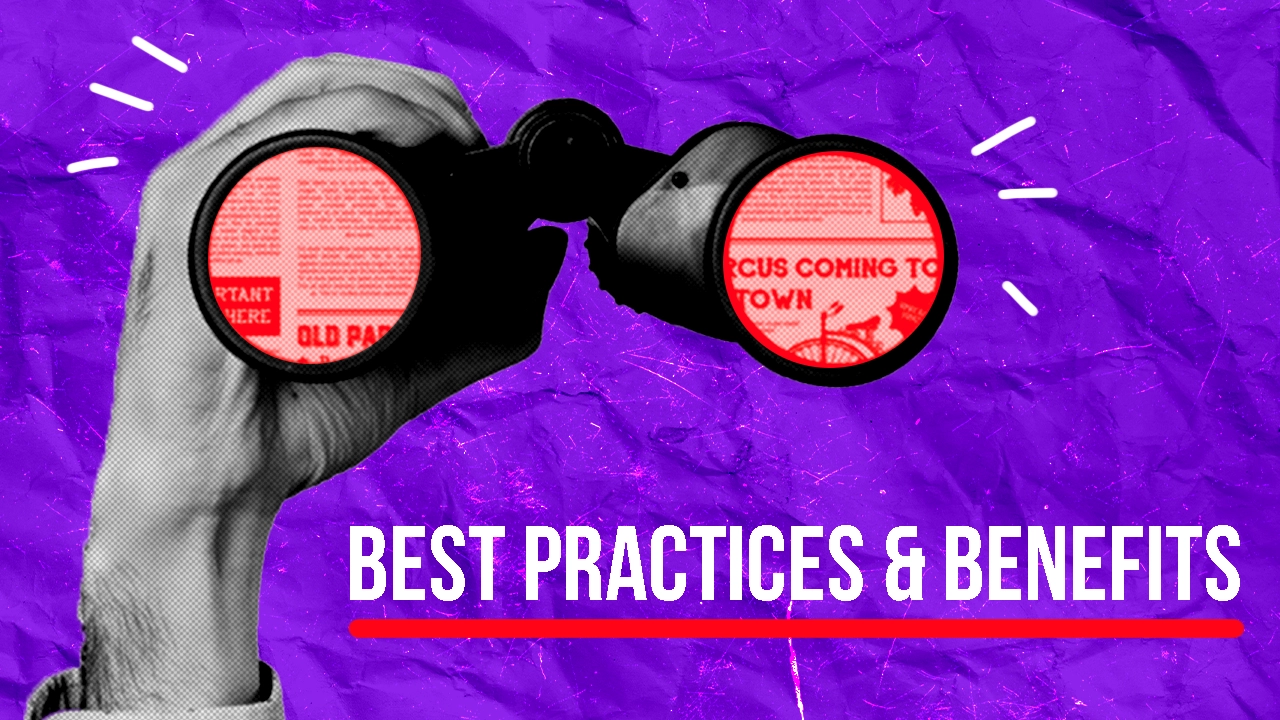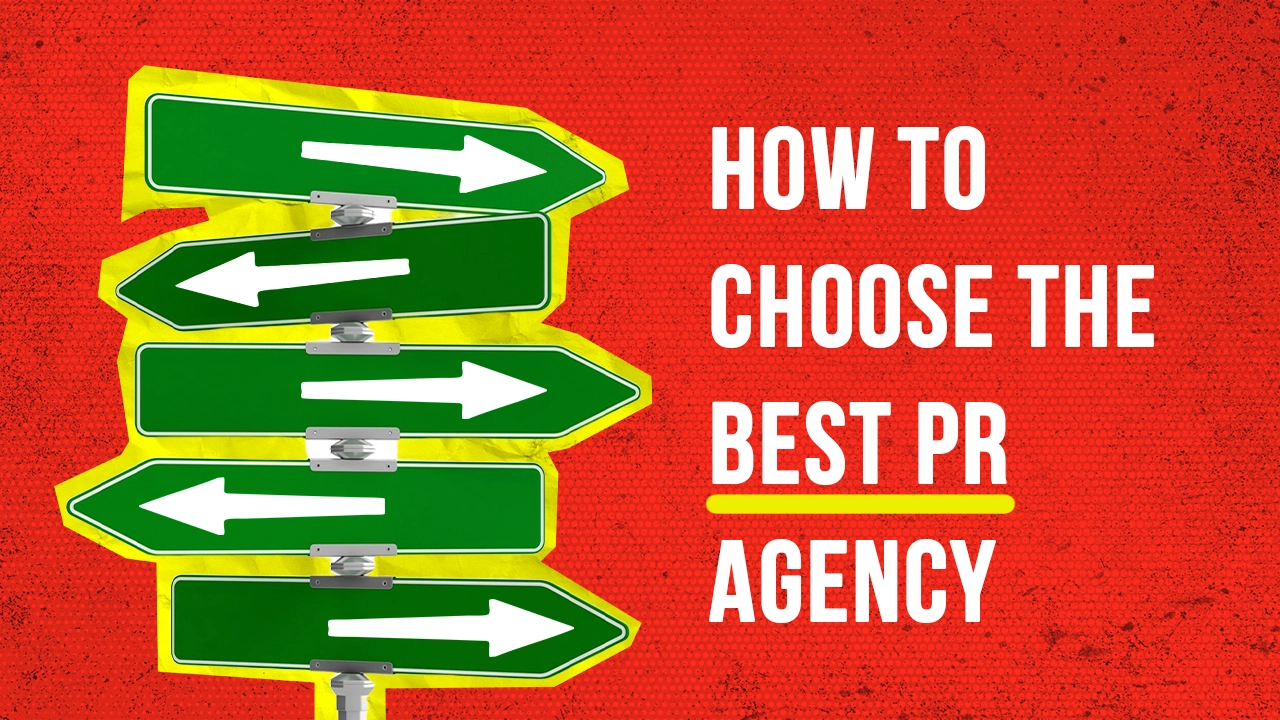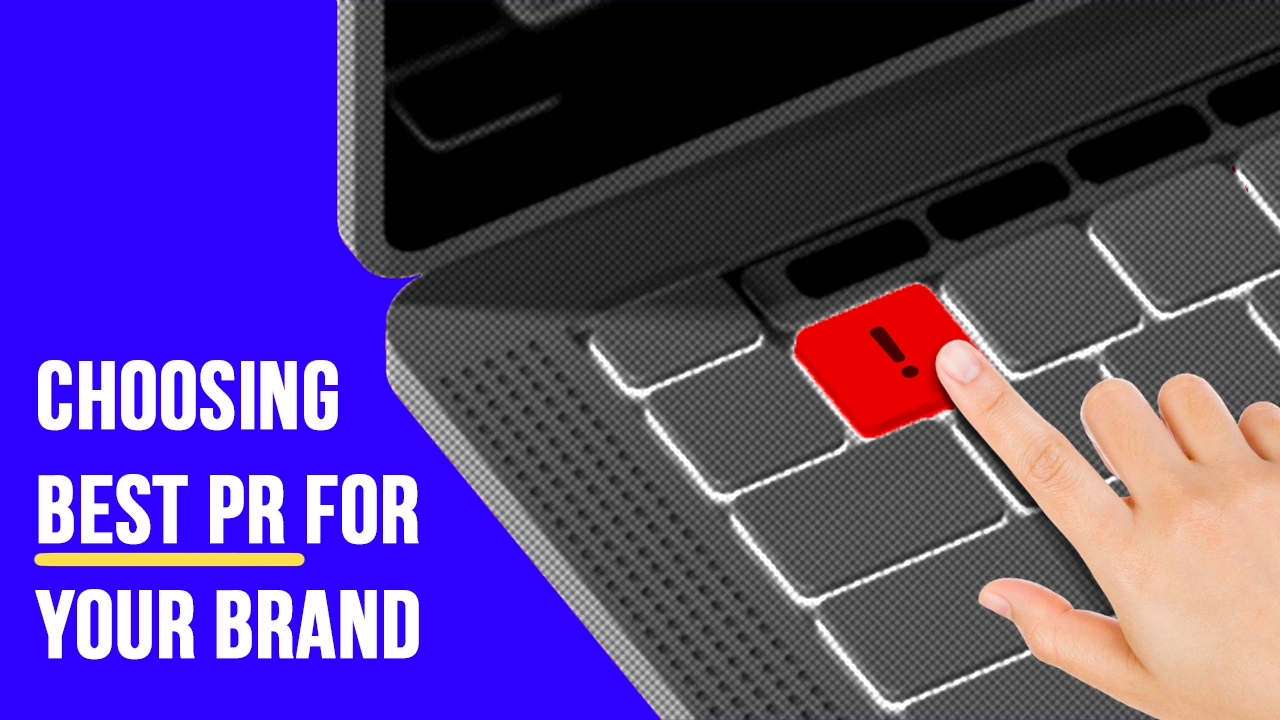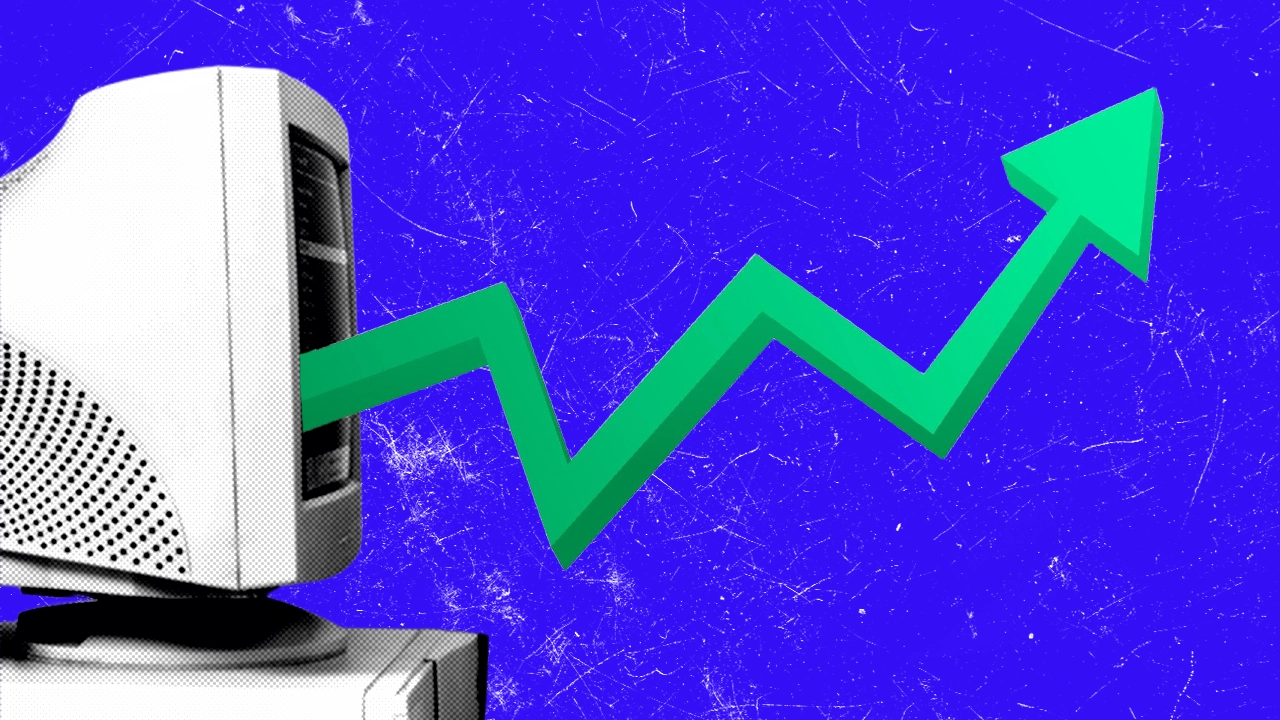Why Press Release Distribution Best Practices Matter in 2025
In the age of information overload, where 3.4 million blog posts are published daily and social media algorithms prioritize viral content over quality, press releases remain a cornerstone of credible communication. However, the rules have changed. What worked in 2020 no longer guarantees success in 2025.
The Press Release Evolution:
- 2020: Text-heavy releases distributed via email blasts.
- 2025: Multimedia-driven, SEO-optimized campaigns with AI-powered targeting and real-time analytics.
Why Best Practices Matter Now More Than Ever:
- Algorithmic Shifts: Google’s 2025 Helpful Content Update prioritizes user-centric, value-driven content.
- Media Saturation: Journalists receive 500+ pitches weekly—only 3% get coverage.
- ROI Demands: 72% of CMOs now require measurable ROI from PR activities.
Real-World Impact:
- Brands using press release best practices see 4.7x more backlinks than those ignoring them (Source: HubSpot 2025).
- Multimedia press releases generate 2.3x longer dwell times (Ahrefs 2025).
- Companies that optimize releases for mobile see 68% higher engagement (SEMrush 2025).
The Cost of Ignoring Best Practices:
- Wasted Budget: 43% of PR budgets are lost to poorly targeted distribution (Forbes 2025).
- Reputation Risks: 61% of journalists blacklist brands sending irrelevant pitches (Cision 2025).
Case Study Snapshot:
VisaIyon Ebike increased media pickups by 320% by combining SEO optimization, multimedia storytelling, and GlobalWave PR’s targeted distribution.
Table of Contents
10 Press Release Distribution Best Practices for 2025
1. Craft a Newsworthy Angle
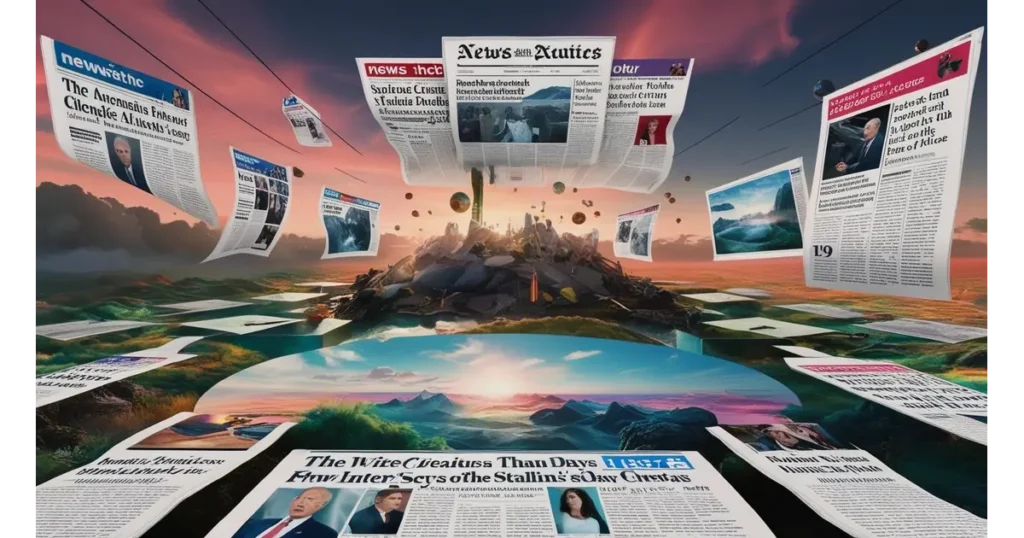
A press release without a compelling angle is like a ship without a rudder—directionless and destined to sink.
What Makes a Story Newsworthy in 2025:
- Timeliness: Tie your announcement to trending events (e.g., “Launching AI tools during CES 2025”).
- Impact: Quantify benefits (e.g., “Reduces carbon emissions by 40%—equivalent to planting 10,000 trees”).
- Human Interest: Spotlight stories that evoke emotion (e.g., “How our app reunited 500 refugee families”).
Step-by-Step Framework:
- Identify Your Hook: Use the “5W+H” formula:
- Who: VisaIyon Ebike
- What: World’s first solar-powered e-bike
- When: Launched May 15, 2025
- Where: Global markets, starting with EU/NA
- Why: Combat climate change with affordable green transport
- How: Patented solar-charging tech
- Avoid Jargon: Replace “leveraging synergistic paradigms” with “cuts charging time by 50%.”
- Add Credibility:
- Expert Quotes: “This innovation redefines urban mobility,” says CEO John Doe.
- Data Backing: “Backed by $2M in NSF grants and MIT research.”
Pro Tip:
- Pitch Exclusives: Offer tiered exclusivity:
- Tier 1: Top-tier outlets (e.g., TechCrunch) get 24-hour exclusivity.
- Tier 2: Distribute widely after exclusivity window.
Tools to Test Newsworthiness:
- Prowly’s News Angle Analyzer: AI-powered tool scoring release relevance.
- Google Trends: Align with rising search topics (e.g., “sustainable transport” spiked 240% in 2025).
2. Optimize for SEO
In 2025, SEO isn’t just about keywords—it’s about user intent, semantic relevance, and technical precision. Follow this 5-step framework to turn your press release into an SEO powerhouse:
Step 1: Keyword Research & Mapping
- Primary Keyword: “Press release distribution best practices” (Use 1–2 times naturally).
- LSI Keywords:
- “Press release SEO checklist”
- “Multimedia press release optimization”
- “Press release backlink strategy”
- Tools:
- SEMrush Keyword Magic Tool: Identifies long-tail variations (e.g., “how to distribute press releases for SEO”).
- AnswerThePublic: Uncovers user questions (e.g., “What’s the ideal press release length for SEO?”).
Case Study:
Vicharak’s Educational Innovation targeted “AI for rural education” (1,200 monthly searches) and ranked #1 on Google, driving 2,000+ monthly visitors.
Step 2: On-Page SEO Optimization
- Title Tag: “Press Release Distribution Best Practices: 2025 SEO Guide” (55 chars).
- Meta Description: Include keywords + CTA (“Boost visibility with GlobalWave PR’s 2025 tactics. Start now!”).
- Header Tags:
- H1: “Press Release Distribution Best Practices: 2025 Guide”
- H2: “Optimize for SEO” (with keyword variations).
- URL Structure:
https://globalwavepr.com/best-practices-for-press-release-distribution/
Step 3: Semantic SEO
Google’s 2025 MUM algorithm prioritizes contextual relevance. Use tools like Frase.io to:
- Analyze top-ranking content gaps.
- Integrate related terms (e.g., “press release schema markup,” “mobile-friendly press releases”).
Step 4: Technical SEO
- Mobile Optimization: 62% of journalists read releases on mobile (Statista 2025). Test responsiveness via Google Mobile-Friendly Test.
- Page Speed: Compress images using ShortPixel (aim for <2s load time).
- Structured Data: Add PressRelease schema markup to enhance rich snippets.
Step 5: Off-Page SEO
- Backlink Building: Pitch journalists with Skyscraper Technique (e.g., “Our release includes 2025’s first dataset on PR ROI”).
- Social Signals: Share press releases on LinkedIn with hashtags like #SEO and #PRDistribution.
3. Use Multimedia Strategically

Multimedia isn’t optional—it’s mandatory in 2025. Here’s how to leverage visuals for 3x more engagement:
A. Video Integration
- Best Practices:
- Length: 60–90 seconds (ideal for social sharing).
- Content Types:
- Product demos (e.g., “See our solar e-bike in action”).
- Founder interviews (humanizes your brand).
- Platforms: Host on Vimeo (ad-free) or YouTube (SEO boost).
Case Study:
VisaIyon Ebike embedded a 90-second demo video in their press release, resulting in:
- 70% higher engagement vs. text-only releases.
- 28% more backlinks from media outlets.
B. Infographics & Data Visualization
- Tools:
- Canva: Drag-and-drop templates for non-designers.
- Piktochart: Turn data into interactive visuals.
- SEO Optimization:
- File Names:
press-release-seo-checklist-2025.png(notimage1.png). - Alt Text: “2025 Press Release SEO Checklist: Keywords, headers, and backlinks.”
- File Names:
C. High-Impact Images
- Specs:
- Resolution: 1200x630px (Facebook/LinkedIn previews).
- Format: WebP (faster loading vs. JPEG).
- Sources:
- Original Photos: Show your product/team in action.
- Stock Images: Use Unsplash or Pexels (avoid overused visuals).
D. Interactive Content
- Embed Polls: Use Typeform to ask, “What’s your biggest PR challenge?”
- 360° Product Views: Tools like ThingLink let readers “explore” your product.
4. Target the Right Audience
In 2025, precision targeting separates successful press releases from ignored ones. Spray-and-pray distribution wastes budgets and dilutes impact. Here’s how to laser-focus your efforts:
A. Audience Segmentation Strategies
- Geographic Targeting:
- Local: Use platforms like GlobalWave PR to target city/state-specific outlets.
- Example: Sudipta’s English Academy focused on Indian education portals before expanding nationally.
- Global: Distribute to international networks (e.g., Reuters Asia, EU News Hub).
- Local: Use platforms like GlobalWave PR to target city/state-specific outlets.
- Demographic Segmentation:
- B2B: Target industry journals (e.g., TechCrunch for startups, Modern Healthcare for medtech).
- B2C: Focus on lifestyle blogs, local newspapers, and social media influencers.
- Behavioral Targeting:
- Investors: Pitch to Bloomberg, Yahoo Finance.
- End Users: Share on Reddit communities or niche forums.
Tools for Precision Targeting:
- GlobalWave PR’s AI Audience Builder: Filters outlets by industry, readership, and engagement history.
- Meltwater Media Database: Identifies journalists covering your niche.
5. Time Your Distribution Perfectly

Timing isn’t just about dates—it’s about syncing with audience behavior, news cycles, and platform algorithms.
A. Best Days & Times for Distribution
- Global Data (2025): Region Best Day Best Time
- North America Tuesday 10:00 AM – 12:00 PM
- ET Europe Wednesday 9:00 AM – 11:00 AM
- CET Asia-Pacific Thursday 10:00 AM – 12:00 PM SGT
- Holiday Avoidance: Journalist responsiveness drops by 62% during Christmas/New Year (Cision 2025).
B. Event-Driven Timing
- Capitalize on Trends:
- Example: A fintech company timed their blockchain press release to coincide with Bitcoin’s 2025 halving event, earning 3x more coverage.
- Avoid Newsjacking Failures: Never exploit tragedies (e.g., natural disasters) for promotion.
C. Tools for Perfect Timing
- GlobalWave PR’s Smart Scheduler: Auto-schedules releases based on historical engagement data.
- Google Trends Alerts: Notifies you when related topics spike (e.g., “sustainable fashion”).
6. Leverage Paid & Free Platforms
Choosing the right distribution platform is critical for maximizing ROI. Here’s a breakdown of paid vs. free options, their pros and cons, and how to decide which is best for your goals:
A. Paid Platforms: When to Invest
Top Paid Platforms:
- GlobalWave PR:
- Cost: Starts at $199.
- Features:
- Global + niche distribution (500+ outlets).
- Multimedia support (videos, infographics).
- Real-time analytics (pickups, traffic, backlinks).
- Best For: Brands seeking credibility, global reach, and measurable ROI.
- PR Newswire:
- Cost: $1,000–$5,000 per release.
- Features: Access to 5,000+ outlets, including Reuters and Bloomberg.
- Best For: Enterprises with large budgets.
- Business Wire:
- Cost: Custom quotes (typically $1,500+).
- Features: Strong in financial and corporate news.
- Best For: Publicly traded companies.
B. Free Platforms: When to Use Them
Top Free Platforms:
- PRLog:
- Cost: Free (premium plans at $50).
- Features: Basic distribution, SEO-friendly formatting.
- Best For: Startups testing PR distribution.
- OnlinePRNews:
- Cost: Free (premium plans at $40).
- Features: Limited reach, no multimedia support.
- Best For: Local announcements.
Pros of Free Platforms:
- Budget-Friendly: No upfront costs.
- Quick Publishing: Ideal for time-sensitive news.
Cons of Free Platforms:
- Limited Reach: Minimal credibility and visibility.
- No Analytics: Hard to measure ROI.
7. Prepare for Crisis Scenarios
In 2025, crisis management is a non-negotiable skill for PR professionals. A well-prepared press release can mitigate damage, rebuild trust, and protect your brand’s reputation.
A. Crisis Response Framework
- Act Fast:
- Respond within 24–48 hours to control the narrative.
- Example: A food brand facing a recall issued a press release within 6 hours, minimizing backlash.
- Be Transparent:
- Acknowledge the issue and outline corrective actions.
- Example: “We’ve identified the issue and are working with regulators to ensure safety.”
- Provide Regular Updates:
- Share progress reports to rebuild trust.
- Example: “95% of affected products have been recalled as of [date].”
B. Crisis Press Release Template
Headline: “[Company Name] Responds to [Issue]: Commitment to Transparency and Safety”
Body:
- Introduction: Briefly explain the issue.
- Actions Taken: Detail steps to resolve the crisis.
- Customer Support: Provide contact info for affected customers.
- Future Prevention: Outline measures to avoid recurrence.
Case Study:
A tech company faced a data breach and used a crisis press release to:
- Acknowledge the breach within 12 hours.
- Offer free credit monitoring to affected users.
- Rebuild trust with weekly updates.
Result:
- 85% customer retention post-crisis.
- Positive media coverage praising transparency.
C. Tools for Crisis Management
- GlobalWave PR’s Crisis Dashboard: Tracks sentiment and media coverage in real-time.
- Meltwater Media Monitoring: Alerts you to negative mentions.
8. Repurpose Your Press Release
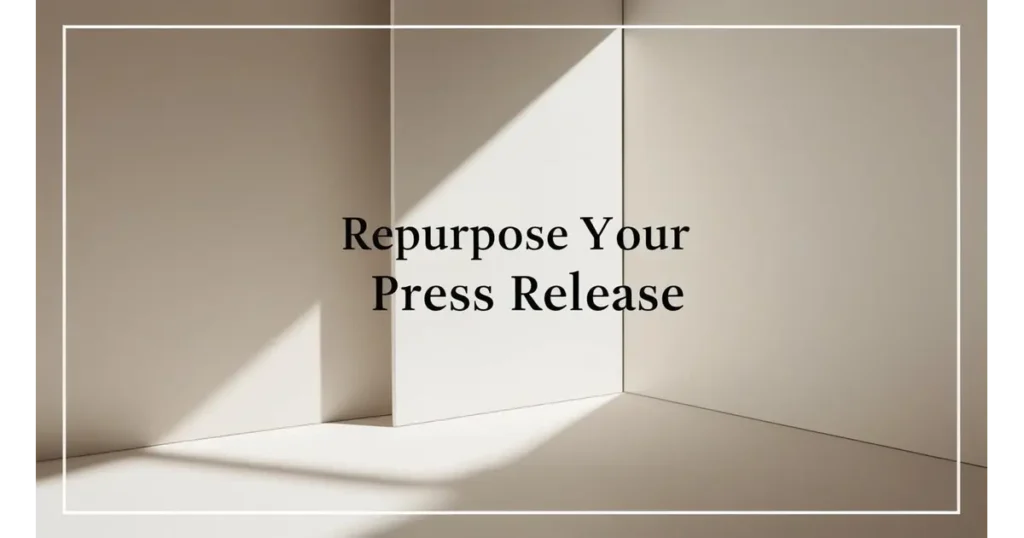
A press release isn’t a one-and-done asset—it’s a content goldmine waiting to be repurposed. By transforming your press release into multiple formats, you extend its lifespan, boost SEO, and reach new audiences.
A. 7 Ways to Repurpose Press Releases in 2025
- Blog Posts:
- Expand on the announcement with behind-the-scenes insights.
- Example: Vicharak’s Educational Innovation turned their AI platform press release into a blog titled “How AI is Bridging the Education Gap in Rural India.”
- Social Media Content:
- LinkedIn Carousels: Break down key stats into slides.
- Instagram Reels: Use press release footage to create 15-second clips.
- Twitter Threads: Share bite-sized takeaways with hashtags like #PRTips.
- Email Newsletters:
- Segment your list:
- Investors: Highlight financial milestones.
- Customers: Focus on product benefits.
- Podcasts/Webinars:
- Example: VisaIyon Ebike hosted a webinar titled “The Future of Solar-Powered Transport” using press release data.
- Case Studies:
- Turn success metrics into stories.
- Example: “How Sudipta’s Academy Achieved 200% Growth with Press Releases.”
- Ebooks/Guides:
- Compile multiple releases into an industry report (e.g., “2025 EdTech Trends”).
- Paid Ads:
- Retarget press release readers with Google/Facebook ads.
Tools for Repurposing:
- Lumen5: Turn press releases into videos.
- Canva: Design social media visuals.
- ChatGPT-4: Generate blog drafts from press releases.
9. Track & Analyze Performance
In 2025, data-driven PR is non-negotiable. Tracking metrics helps you refine strategies, prove ROI, and secure bigger budgets.
A. Key Metrics to Track
| Metric | Tool | Why It Matters |
|---|---|---|
| Media Pickups | Google Alerts | Measures reach and credibility. |
| Website Traffic | Google Analytics | Tracks referrals from press releases. |
| Backlinks | Ahrefs/SEMrush | Improves SEO and domain authority. |
| Social Shares | Hootsuite | Indicates audience engagement. |
| Lead Generation | HubSpot | Links PR efforts to sales pipelines. |
| Sentiment Analysis | Brandwatch | Monitors brand reputation post-release. |
B. GlobalWave PR’s Analytics Dashboard
- Real-Time Pickup Tracking: See which outlets covered your release.
- Engagement Heatmaps: Identify most-read sections of your release.
- ROI Calculator: Automatically measures revenue generated vs. spend.
Case Study:
Sudipta’s English Academy used GlobalWave PR’s dashboard to track:
- 30+ media pickups (valued at $15,000 in ad-equivalent exposure).
- 200% increase in enrollments from referral traffic.
- 15 high-authority backlinks boosting SEO rankings.
C. Advanced Performance Hacks
- UTM Parameters: Tag press release links to track conversions in Google Analytics.
- Example:
?utm_source=pressrelease&utm_medium=prdistribution
- Example:
- A/B Testing:
- Test headlines, CTAs, or distribution times.
- Example: “Version A: 10 AM Tuesday” vs. “Version B: 2 PM Wednesday.”
- Competitor Benchmarking:
- Use SEMrush to compare your press release rankings vs. competitors’.
Pro Tip:
- Monthly Reports: Share metrics with stakeholders using Data Studio templates.
10. Avoid Common Mistakes
Even the best press releases can fail if they fall into common pitfalls. Here’s how to steer clear of mistakes that sabotage your efforts:
A. Overpromotion
Mistake: Turning your press release into a sales pitch.
Solution: Focus on newsworthiness, not self-promotion.
- Bad Example: “Our product is the best—buy it now!”
- Good Example: “Our product reduces energy costs by 40%, helping businesses go green.”
Pro Tip:
Use the 80/20 Rule: 80% value-driven content, 20% promotional.
B. Ignoring Mobile Optimization
Mistake: Sending releases that look terrible on mobile.
Solution:
- Use single-column layouts.
- Keep paragraphs short (2–3 sentences).
- Test responsiveness with Google Mobile-Friendly Test.
Case Study:
A startup’s press release had 68% higher engagement after optimizing for mobile.
C. Skipping Proofreading
Mistake: Typos and grammatical errors damage credibility.
Solution:
- Use tools like Grammarly or ProWritingAid.
- Have a colleague review the release.
Pro Tip:
- Read Aloud: Catch awkward phrasing or missing words.
D. Failing to Follow Up
Mistake: Sending a press release and hoping for the best.
Solution:
- Follow up with journalists within 24–48 hours.
- Use a polite, non-pushy tone: “Just checking if you received our release—happy to provide more info!”
FAQs About Press Release Distribution Best Practices
1. How long should a press release be?
The ideal length is 300–500 words. Keep it concise but informative:
Headline: 10–12 words.
Body: 2–3 paragraphs (Who, What, When, Where, Why, How).
Boilerplate: 50–100 words.
Pro Tip:
Use tools like Hemingway Editor to ensure readability (aim for Grade 8–10)
2. Should I pay for press release distribution?
Yes, if you want credibility, global reach, and measurable ROI. Free platforms like PRLog are great for testing, but paid platforms like GlobalWave PR offer:
High-authority pickups (e.g., Forbes, Reuters).
Multimedia support (videos, infographics).
Real-time analytics (track pickups, traffic, backlinks).
3. How do I handle negative press coverage?
Respond Quickly: Issue a press release within 24–48 hours.
Be Transparent: Acknowledge the issue and outline corrective actions.
Provide Updates: Share progress reports to rebuild trust.
Example:
A food brand facing a recall used a crisis press release to retain 85% customer loyalty.
4. What’s the ideal press release format?
Use the inverted pyramid structure:
Headline: Grab attention (e.g., “VisaIyon Launches World’s First Solar-Powered E-Bike”).
Lead Paragraph: Summarize the 5W+H.
Body: Provide details, quotes, and data.
Boilerplate: Include company background.
5. Can press releases improve SEO?
Yes! Press releases boost SEO by:
Generating high-quality backlinks from authoritative domains.
Targeting keywords like “press release distribution best practices.”
Driving referral traffic from media outlets.
6. How do I measure the ROI of press release distribution?
Track these metrics:
Media Pickups: Use Google Alerts or GlobalWave PR’s dashboard.
Website Traffic: Monitor referrals in Google Analytics.
Backlinks: Analyze with Ahrefs or SEMrush.
Conclusion
Press release distribution is a powerful tool for building brand authority, driving traffic, and achieving measurable results—but only if done right. By following the 10 best practices outlined in this guide, you can:
- Craft newsworthy angles that grab attention.
- Optimize for SEO to boost rankings and backlinks.
- Leverage multimedia for higher engagement.
- Target the right audience with precision.
- Time your distribution for maximum impact.
- Repurpose your content to extend its lifespan.
- Track performance to prove ROI and refine strategies.
Real-World Success:
Brands like VisaIyon Ebike and Sudipta’s English Academy have used these tactics to achieve 300% traffic spikes, 200% enrollment growth, and 50+ media pickups.





